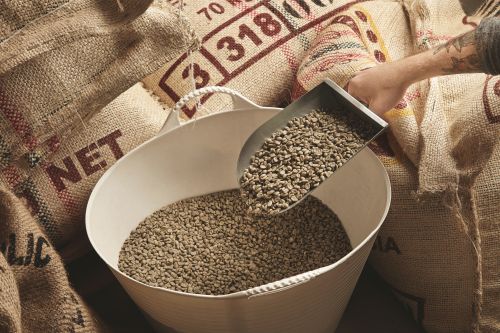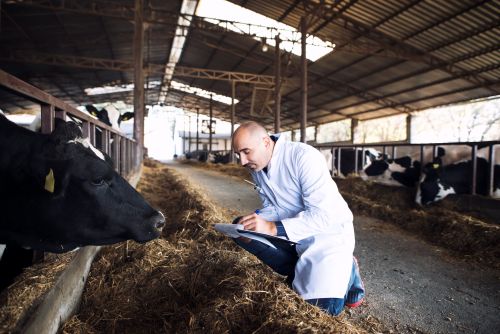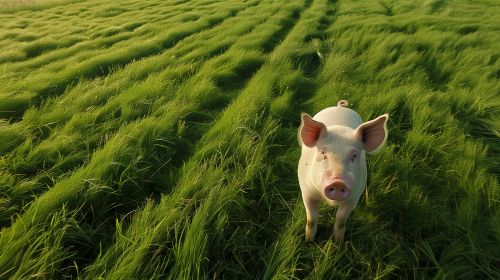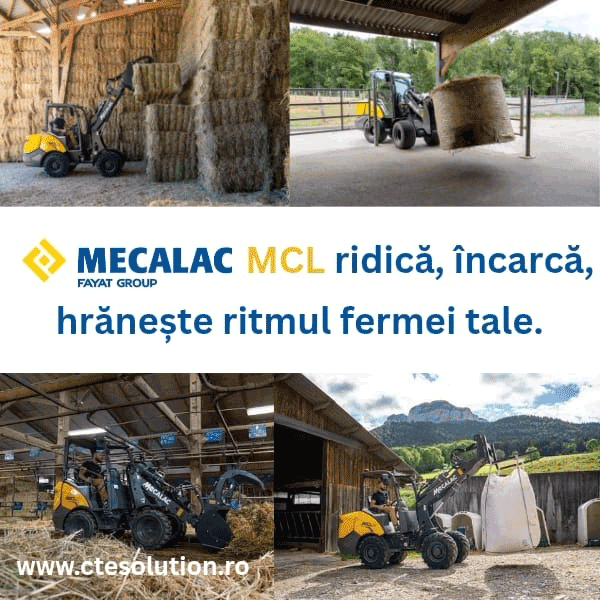758
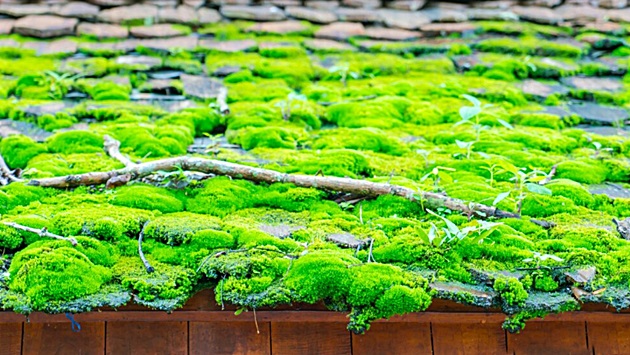
According to RetailDetail, the European Food Safety Authority (EFSA) has approved the consumption of duckweed, also known as Lemna or water lentils. This decision paves the way for the introduction of this aquatic plant to European supermarket shelves, offering consumers a new, healthy, and sustainable food option.
A Decade of Dedicated Research
EFSA's approval comes after nearly ten years of extensive research conducted by Wageningen University in the Netherlands.
Studies have shown that two species of water lentils are safe for human consumption when cultivated under controlled conditions.
Although these plants naturally float on the surface of ponds and ditches, wild varieties are not recommended for consumption due to the risk of contamination with harmful substances. Instead, water lentils grown in controlled environments are considered safe and beneficial to health.
Impressive Nutritional Profile
Water lentils stand out due to their rich content of essential nutrients. They are an excellent source of vitamins such as A, C, E, and B12. The presence of vitamin B12 is particularly notable, as it is commonly found in animal-derived products, making water lentils a valuable option for vegetarians and vegans.
Additionally, the plant provides essential minerals such as calcium, iron, magnesium, potassium, and zinc. Its protein content is comparable to that of soy and twice as high as that of spinach, suggesting significant potential in the transition to alternative protein sources.
Sustainable and Efficient Cultivation
One of the major advantages of water lentils is their ease of cultivation. They require only a thin layer of water and do not involve the use of pesticides or additional lighting. The plant reproduces rapidly, allowing for weekly harvests.
Due to their minimal land requirements, water lentils are considered a promising crop in the context of climate change and the need to reduce pressure on intensive agricultural land use.
Culinary Versatility
With a neutral taste, positioned between spinach, watercress, and endives, water lentils can be integrated into a variety of culinary preparations. They can be added to soups, purees, ravioli, or tarts. They can also be used in shakes, spreads, pesto, or vegetarian burgers, offering consumers a wide range of options.
Challenges and Market Prospects
Currently, water lentils are not widely available in supermarkets, with the main obstacle being the insufficient number of growers ensuring consistent production.
There is hesitation in the supply chain, with each link waiting for the other to take the first step. Initially, the plant is expected to be introduced as a specialty ingredient in exclusive restaurants, with plans for it to become available in stores in the coming years—either fresh, frozen, or incorporated into various products.
Conclusion
Water lentils have the potential to become a new superfood in Europe, thanks to their rich nutritional profile and sustainable cultivation methods.
